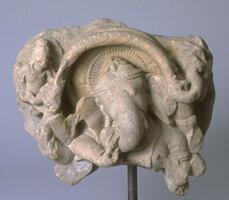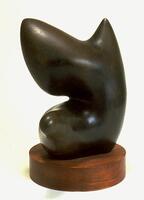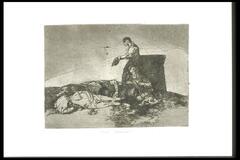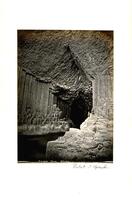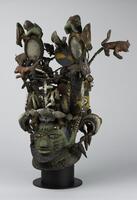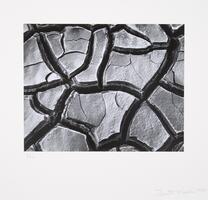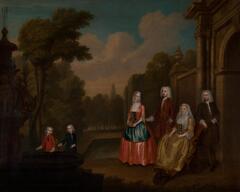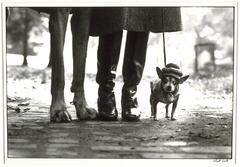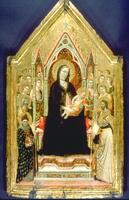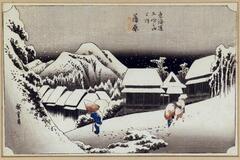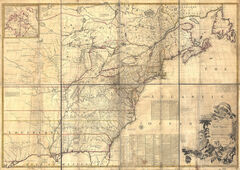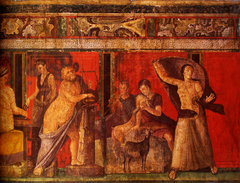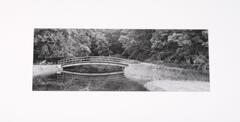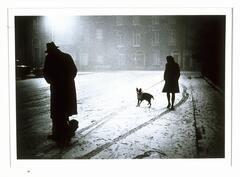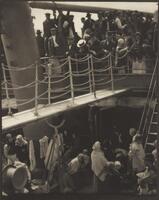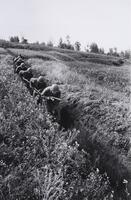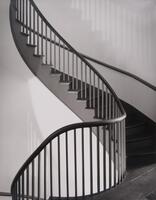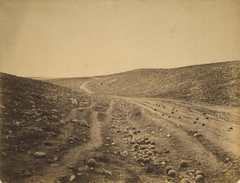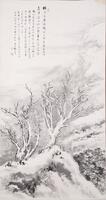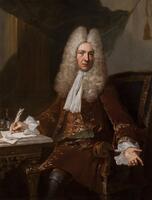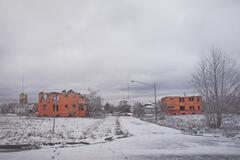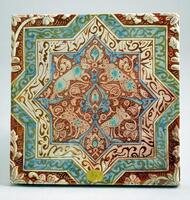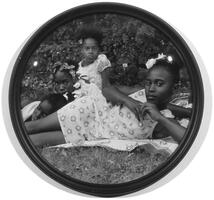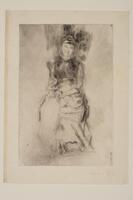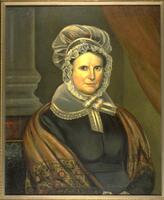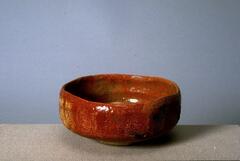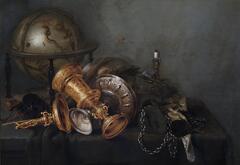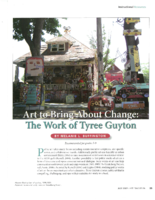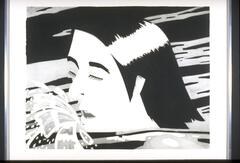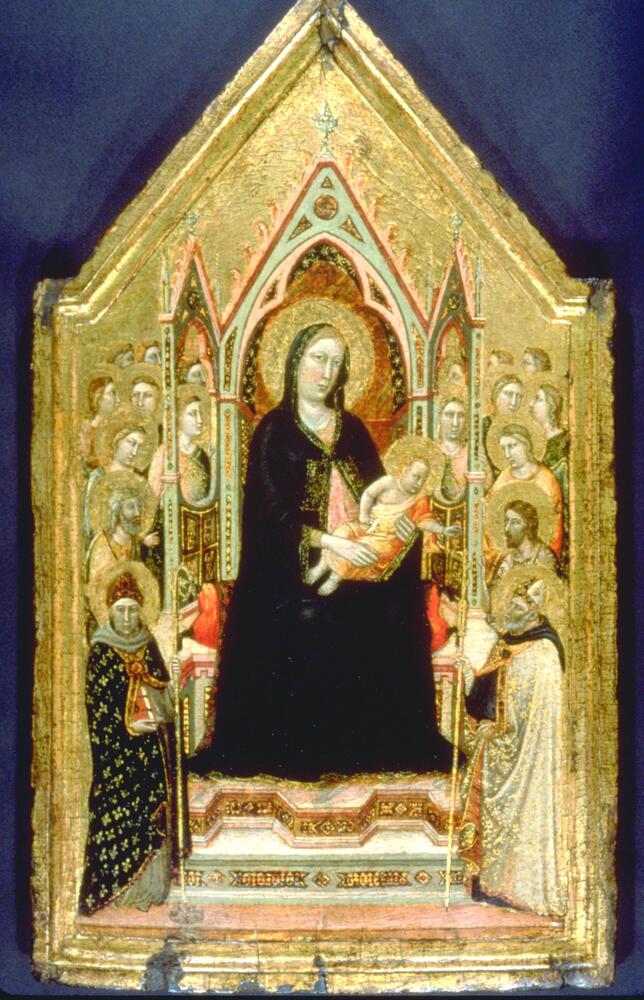Lesson Plan: Making Paint
“Curriculum Slam!” UMMA Teacher Workshop, October 29, 2014 Lesson by Grace Vandervliet
Objectives
Students will explore the connection between science and art. Students will learn how paints are made using minerals and chemistry and will make their own paint using various pigments and binders. Some students will have had a field trip to the University of Michigan Museum of Art and participated in the “Art Rocks” tour, which introduces the ways in which artists use rocks and minerals to make art, both whole rocks used for sculpture and ground rocks for paint.
National Core Art Standards
- Perceive and analyze artistic work
- Synthesize and relate knowledge and personal experiences to make art
- Relate artistic ideas and works with societal, cultural, and historical context to deepen understanding
- Writing: produce clear and coherent writing in which the development, organization, and style are appropriate to task, purpose, and audience.
Grade
2
Materials
- tempera paint powder, several colors, in shallow bowls with spoons
- a selection of likely binder materials such as egg white and egg yolk, mayonnaise, oil, water, yogurt, hand sanitizer, etc., in small cups or bowls with labels next to each cup.
- paintbrushes
- smallish (ca. 3” x 3”) pieces of thick, watercolor paper
- tiny paper cups, dixie cup size or smaller
- 3 x 5 cards and pencils
Lesson
Start with a discussion of how paints are made; paint requires a binder + pigment and adjust the discussion to fit the grade level. Ask students how they think painters find and make pigments. What kinds of textures are produced? Does the paint change with time? [the lapis lazuli in the Madonna and Child has darkened]
Review where to find rocks and minerals for pigments. Locate these places on a map (ex: lapis lazuli comes from Afghanistan, ochre from Australia).
Propose that today you will be working in a paint lab and trying to identify the next great binder for their paints. Each student will get a piece of paper, walk around the binders displayed on the “lab” table, and decide which binders they want to use. They will write the name of the binder on the edge of their 3” square papers.
Next, they will take a tiny paper cup and put one teaspoon of their selected potential binder in it and add a ½ teaspoon of tempera. They will stir with a clean paintbrush then make a painterly swoosh on the paper. If there is time, students may do this 2 or 3 times.
Writing Extension: Students will place their painted papers on a largish table so all are visible and none overlap then walk around the table and observe everyone’s samples, comparing intensities, values, textures.
Students will each take a 3 x 5 card and pencil and write a recipe for their new paint using proper spelling of the binders, appropriate abbreviations for measuring spoons, and complete sentences for the directions.
Take home assignment: Students work with grown-ups to find something at home that could act as pigment (cinnamon, makeup powder). Students teach an adult the process using the recipe they wrote in class. They work together to mix with a binder (water, egg, oil or a new idea) and create a painting sample. Bring the painting back to school and share with class.
Part of 1 Learning Collection
“Tradition Transformed: Chang Ku-nien Master Painte...
“Creative Literacies: Expanding our View,” UMMA Wor...
UMMA Exhibition, “The Graphic Dimension: Prints and...
“Creative Literacies: Expanding our View,” UMMA Wor...
“Teaching with Photography,” UMMA Workshop for Educ...
“Creative Literacies: Expanding our View,” UMMA Wor...
Lesson adapted from Educator Resources, Victoria & ...
“Benjamin West: General Wolfe and the Art of Empire...
“Creative Literacies: Expanding our View,” UMMA Wor...
“Teaching with Photography” UMMA Teacher Workshop,...
Lesson inspired by Elaine Wilson’s “Charting the Wo...
“Tradition Transformed: Chang Ku-nien Master Painte...
UMMA Teacher Workshop, “Xu Weixin: Monumental Portr...
“Teaching with Photography,” UMMA Workshop for Educ...
“Teaching with Landscape Photography,” UMMA Teacher...
UMMA Teacher Workshop, “Xu Weixin: Monumental Portr...
“Creative Literacies: Expanding our View,” UMMA Wor...
Rate this Resource
AVG: 0 | Ratings: 0
& Author Notes
Creative Commons by-nc-saLast Updated
March 6, 2017 1:19 a.m.Report
Reporting Policy

